Anycubic Kobra 2 3D Printer Review
As an update to the Kobra machines, the Kobra 2 is an exciting prospect. As with its predecessor, the Kobra 2 offers an affordable yet high-quality and fast 3D printer. Boosting the already impressive performance of the Kobra, the upgraded tool head, electronics, and other mechanical changes are all there to help to boost speed, reliability, and print quality.
The Anycubic LeviQ 2.0 auto bed leveling system is a stand-out feature designed to make the leveling process as easy and trouble-free as possible. The system uses an inductive sensor to detect distance or gaps on the print platforms without direct contact and automatically compensates for irregularities.
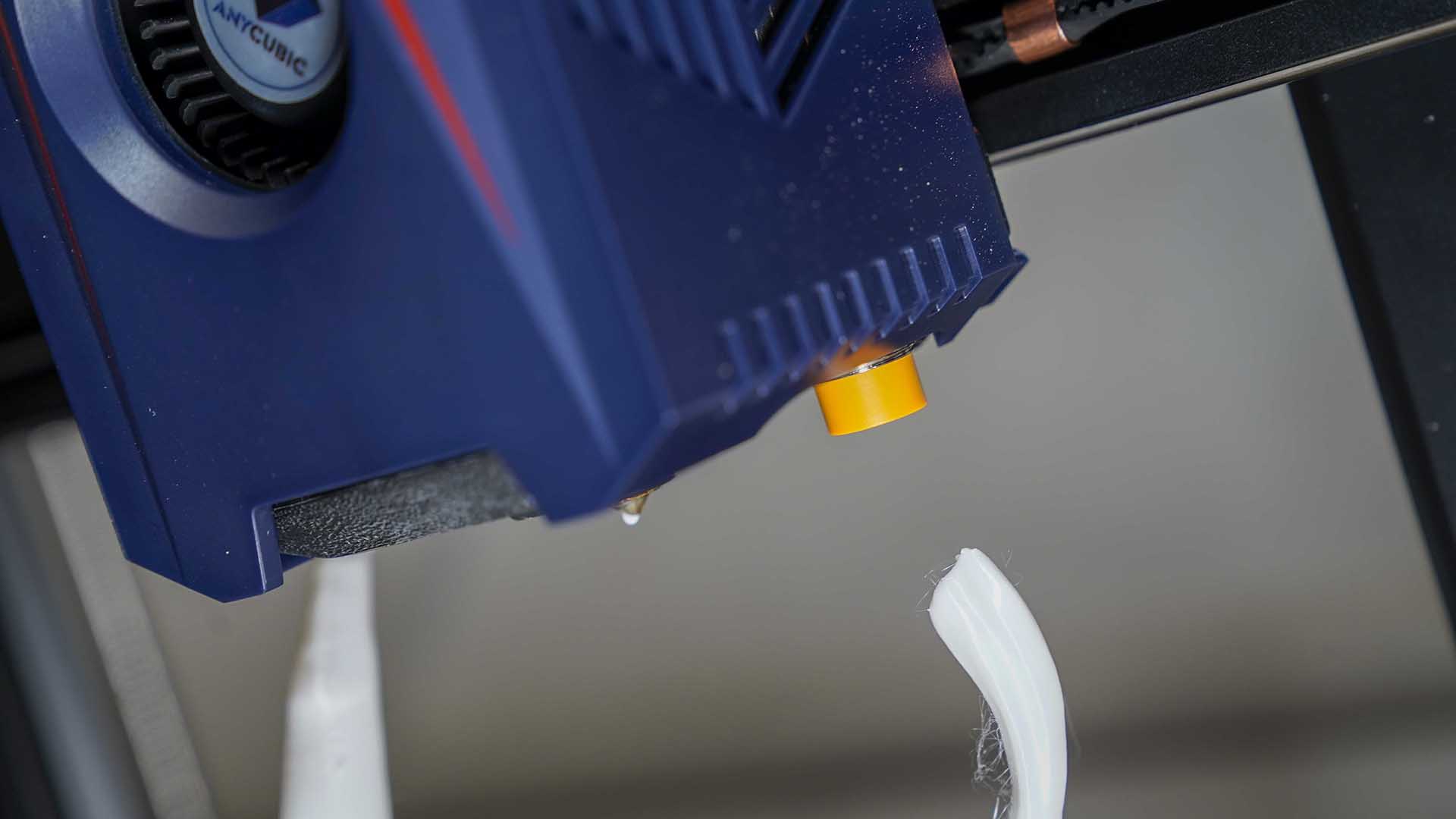
Then there's the dual-gear direct drive extruder that ensures compatibility with various materials, such as PLA, TPU, ABS, and PETG, making it a versatile option for home users, education, and even small business. The heated magnetic print platform should ensure excellent print adhesion and easy removal on completion, a feature that, for me, is essential.
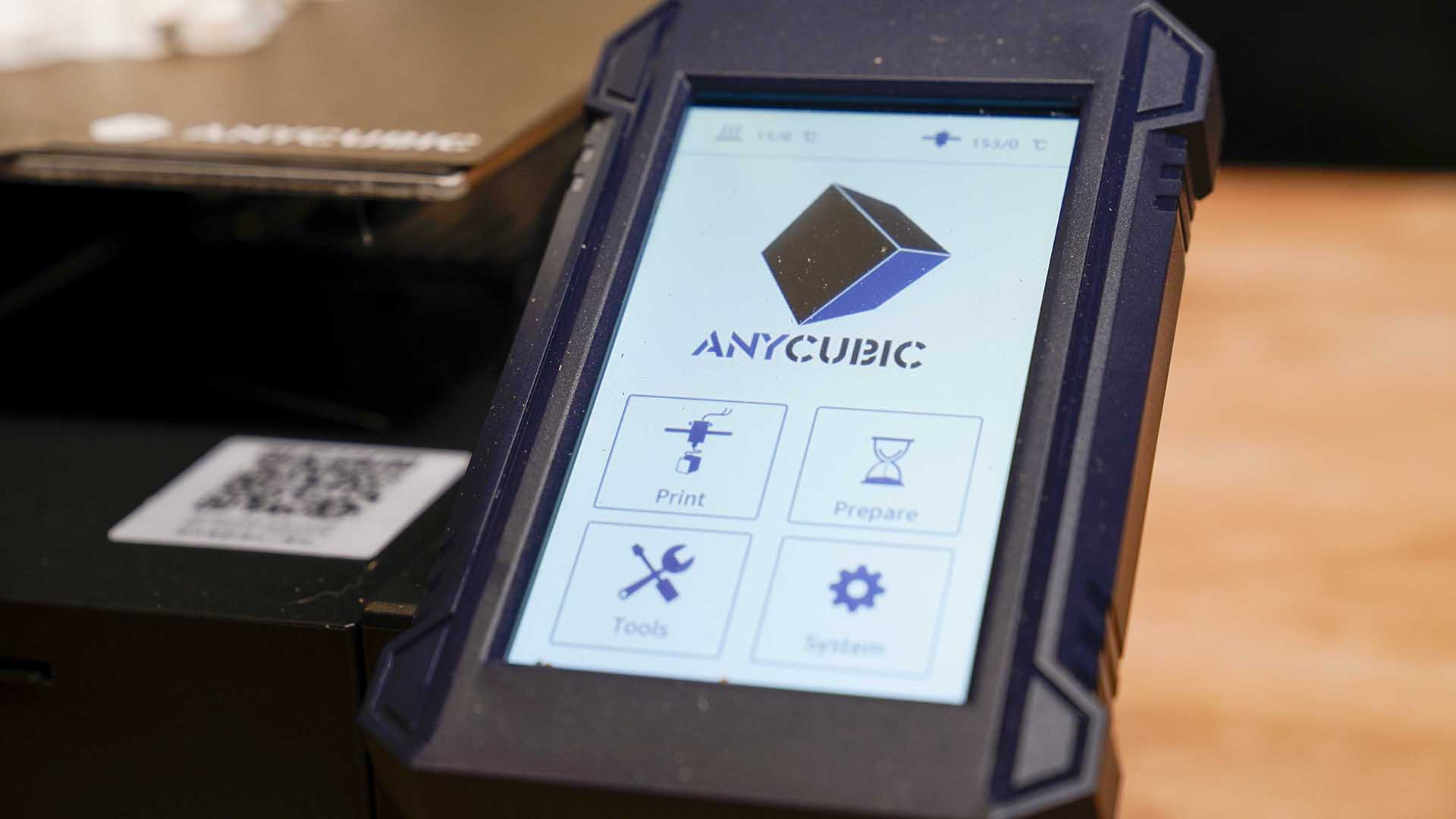
Initial impressions of the Kobra 2 is that it is a solid investment for anyone looking for a speedy 3D printer that can turn out a decent print and will cater well to model-making, STEM education, or anyone eager to dive into 3D printing. The promise of easy assembly and calibration should make it fast to get up and running. Then the user-friendly touchscreen interface, auto leveling, and fast print speeds all come together to make this a very attractive option.
Design and Features
The AnyCubic Kobra 2 sounds like a pretty impressive machine from the feature set and is directly out of the box. The open-frame cartesian design is functional rather than aesthetic, although AnyCubic has tried with a few areas, such as the injection molded belt tensioner covers and all enclosed bases.
Assembling the Kobra 2 is a breeze, with a semi-assembled design and easy-to-follow instructions provided by the manufacturer, making the process quick and easy, taking approximately 10-15 minutes.
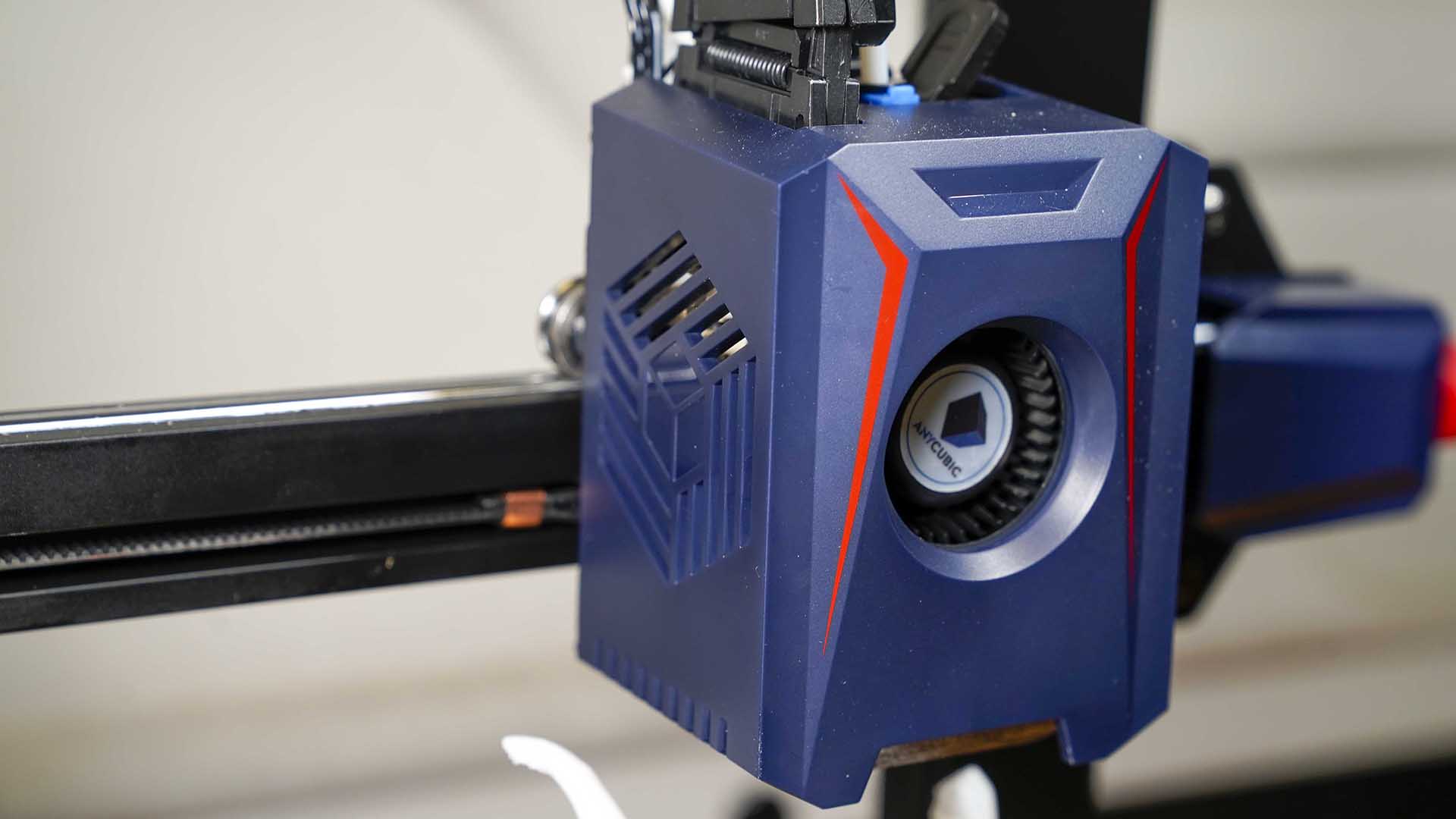
One of the most significant features of the Kobra 2 is the high printing speed. This speed is made possible by including a dual-gear direct drive extruder that enables better grip and prevents filament slipping; this results in more accurate extrusion and flow control at those higher speeds. Next, the 60W high-power hot end can provide sufficient heat to melt the filament quickly, improving the flow at higher print speeds. The high-speed cooling fan also contributes to the speedy feature by rapidly cooling the filament and allowing the next print layer to be applied quickly and precisely. So it can also achieve stable printing accuracy at a high printing speed. The special X/Y metal double axle core + SG 15 bearing structure can reduce the friction between the moving parts, allowing for smoother, faster movements.
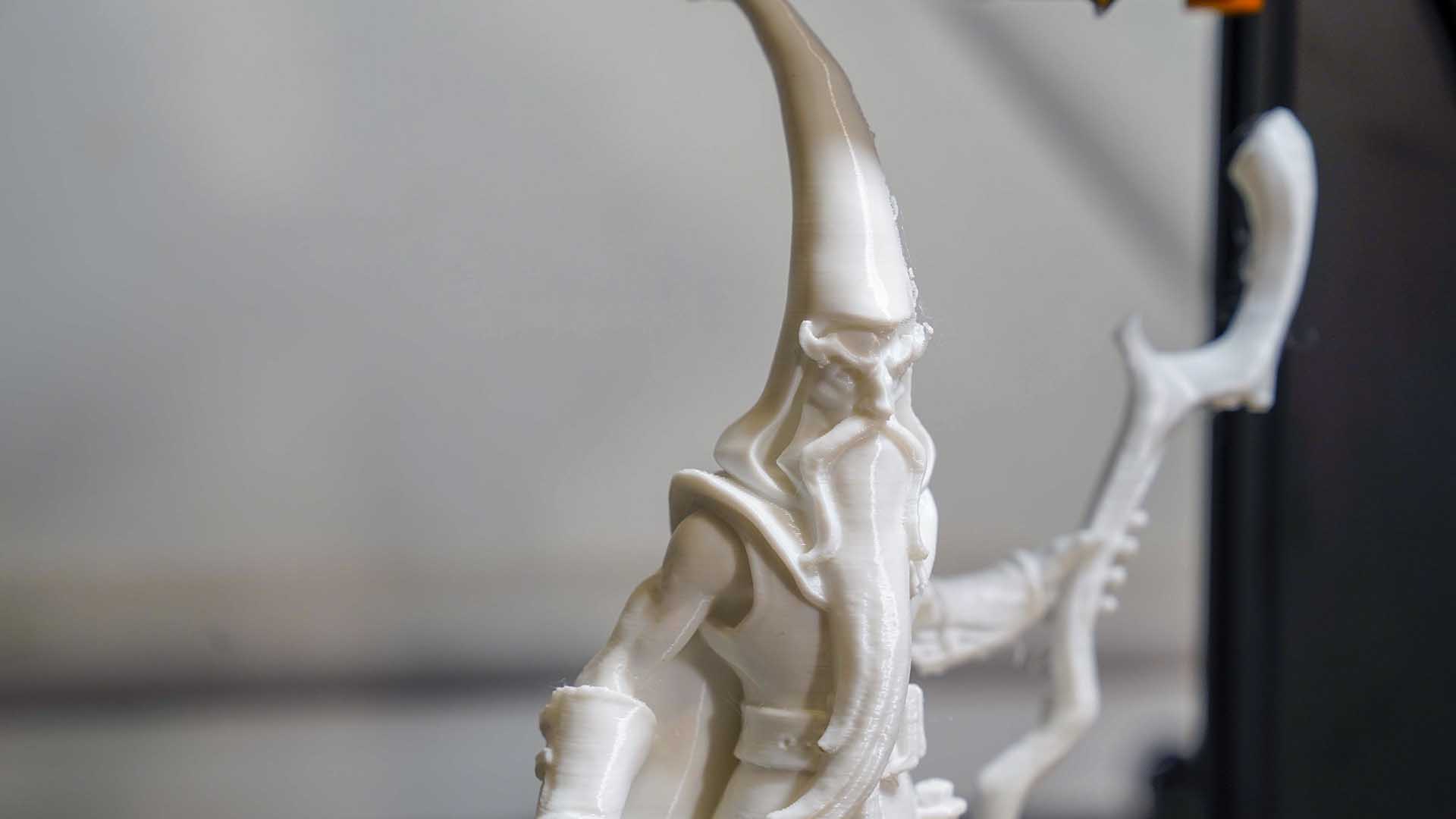
Print Technology: Fused Deposition Modeling (FDM)
Build Area: 240 x 240 x 260 mm
Minimum Layer Resolution: 100 microns
Maximum Layer Resolution: 400 microns
Dimensions: 451 x 485 x 671 mm
Weight: 13 kg
Bed: Heated Textured Flexible Removable Platform (spring steel magnetic sheet)
Print Surface: Textured
Software: Cura and PrusaSlicer compatibility
Materials: PLA, TPU, ABS, PETG
Print Speed: Up to 250 mm/s (recommended 150 mm/s for optimal quality)
Regarding the mechanical design, the double screw motion mechanism on the Z-axis has been implemented to improve the Z-axis movement. This also reduces the resistance of the print head lifting during the printing process and helps ensure the X-axis platform remains flat. The high-quality nature and precision of the Z-axis movement help to avoid the appearance of layer lines when printing fine objects.
The Anycubic LeviQ 2.0 auto bed leveling system is worthy of note. It uses an inductive sensor that generates a magnetic field and detects the field's interference to compensate for irregularities in the print platform. It also includes a smart z-axis compensation module to adjust the height of the nozzle, achieving an accurate Z-offset automatically and making the leveling process much easier, especially if you're new to 3D printing. Overall, it provides a more user-friendly experience and contributes to higher-quality first layers, resulting in less frustration as you go through the setup process.
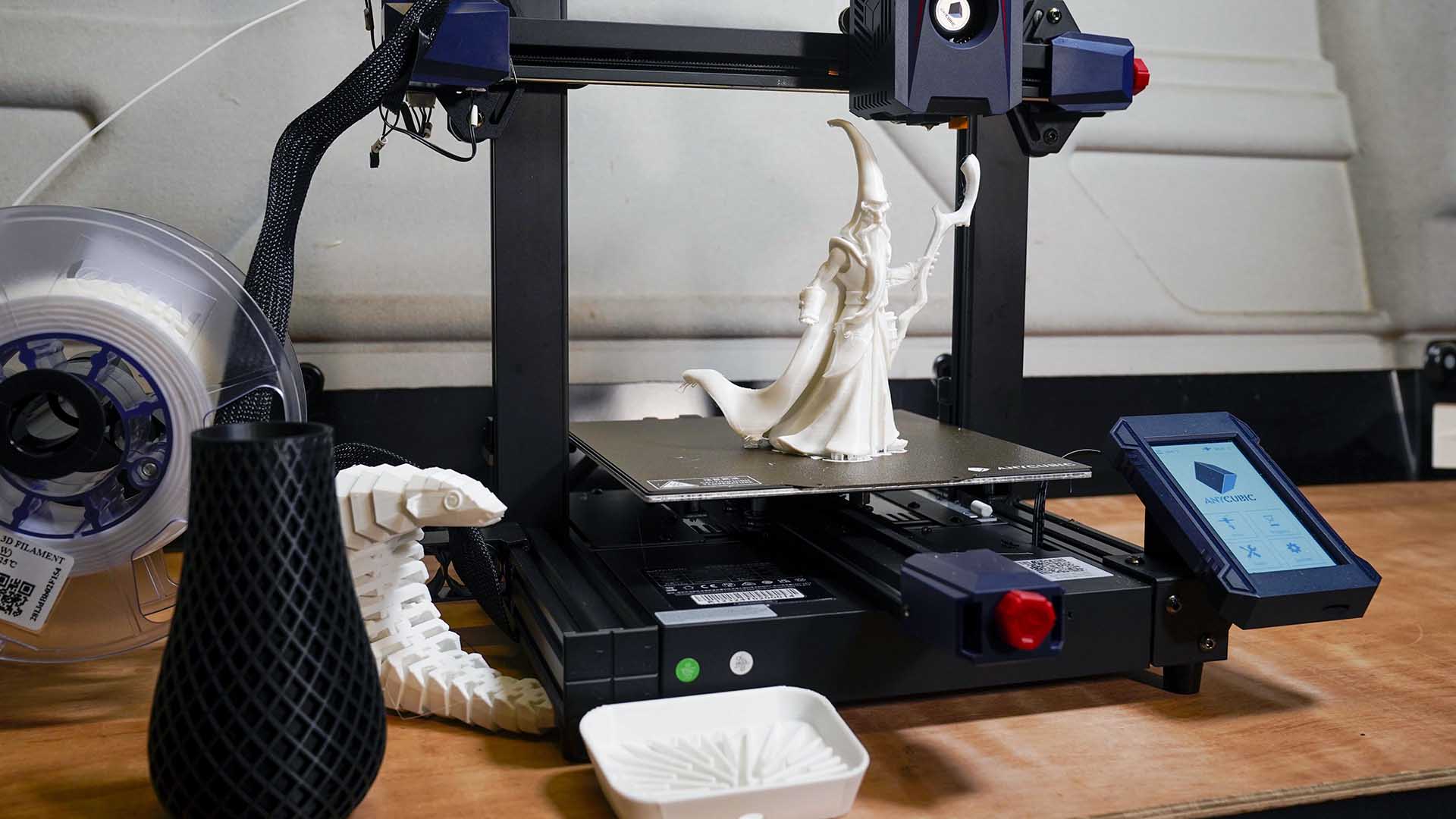
The 4.3-inch color touchscreen LCD is handy, too, even if it's not the most attractive interface. The menu is easy to navigate, and you can easily access the settings and monitor your prints.
The only downside to the Kobra 2 is its lack of connectivity options. You'll need to transfer files via a MicroSD card, as there is no WiFi option. But the printer does feature power loss recovery and a filament sensor, which help minimize print failures due to power outages or filament shortages.
Performance
The AnyCubic Kobra 2 delivers exceptional performance, considering its affordable price point. Assembly is straightforward, thanks to the box's semi-assembled design and clear instructions. It should be possible to complete the assembly in 10-15 minutes, making it an attractive option, even if you are new to 3D printing or building anything that comes in a box. If you can handle IKEA furniture, then this is a breeze.
Running the printer's calibration and fine-tuning options are essential in the initial setup. The Z-axis will often need a slight tweak to eliminate inconsistencies in the first layer, and belts and rollers will need adjusting, this is all well laid out in the manual, but a couple of runs of a test model's first layer quickly establishes the correct height. The Kobra 2's 4.3-inch color touchscreen LCD provides easy access to these settings, making the process user-friendly and quick.
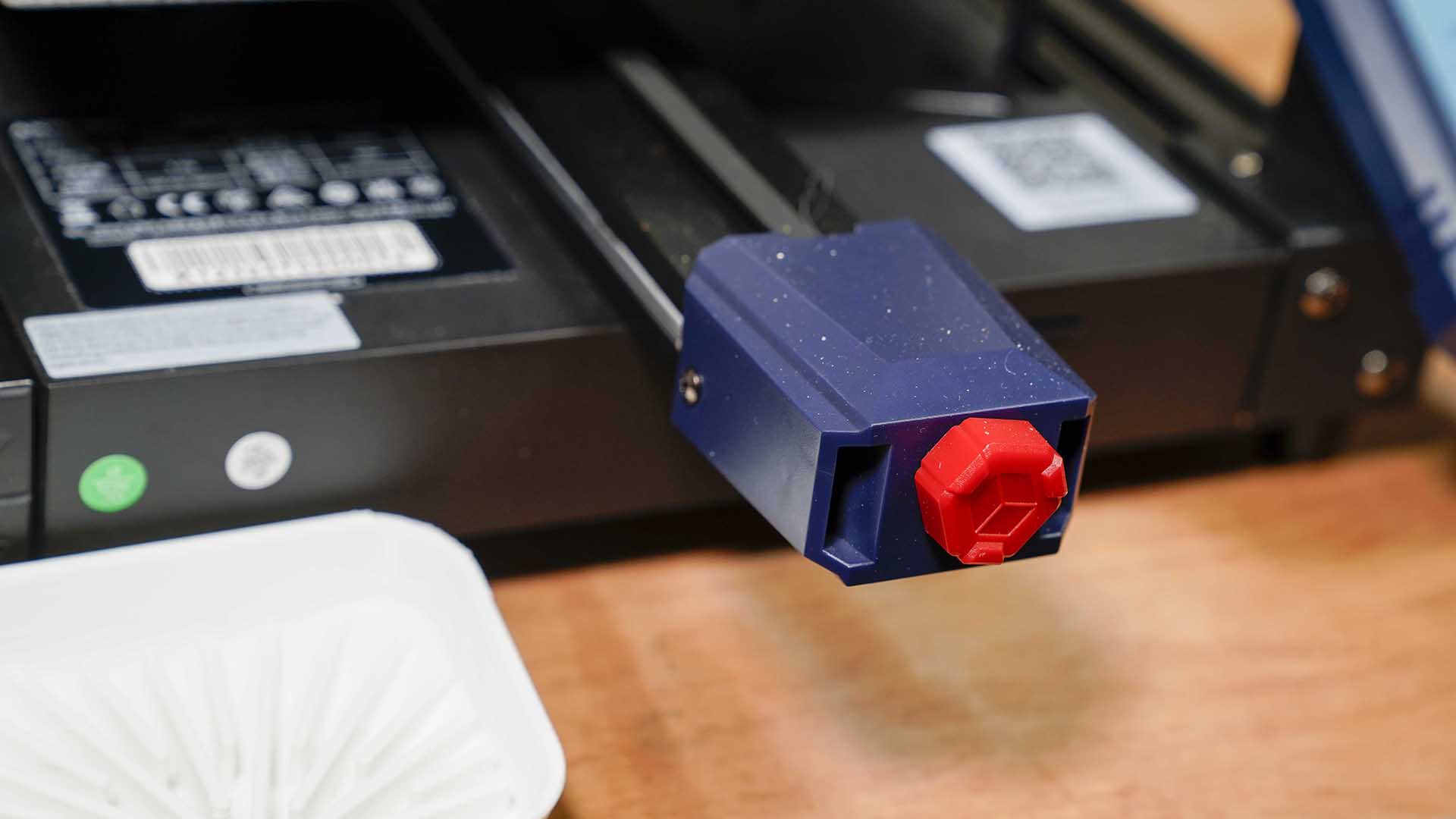
It's worth noting here that the LeviQ 2.0 system does a good job once that initial calibration has been run through, and for the rest of the test, the accuracy of that first layer was consistent.
Print quality is a stand-out feature of the Kobra 2. The dual gear direct drive extruder ensures compatibility with various filament materials, and the 60W high power hotend allows for consistent melting and extrusion, even at high speeds. The results are detailed prints with minimal stringing and excellent layer adhesion. Fine-tuning settings, such as retraction, may be necessary depending on the environment. Using the provided PLA profile produced slightly more stinging, which I was happy with, and while print quality was good, there were some initial issues with filament sag across bridges. A little retraction adjustment soon helped but didn't completely remedy the issues.
Noise levels during operation are low, averaging around 45dB, comparable to a refrigerator's hum. This makes the Kobra 2 suitable for shared workspaces or home environments, although proper ventilation is always essential due to the fumes generated during printing.
Features such as power loss recovery and a filament sensor are worthy of note. This help minimizes print failures during power outages or filament shortages, although I found prolonged power loss does still cause issues as prints will have cooled and released from the build plate.
The printer's main features, including the 4-watt cooling fan with 7000 rpm and the heated textured flexible, removable platform, contribute to its overall performance by ensuring efficient cooling and easy print removal.
The AnyCubic Kobra 2 offers an impressive combination of ease of assembly, print quality, speed, and reliability. Its low noise levels and user-friendly interface make it a suitable choice for home users, those new to 3D printing, or anyone wanting a cheap and fast 3D printer. While some fine-tuning and calibration may be required during setup, the printer's performance and features make it an excellent investment for those seeking an affordable, high-quality 3D printer.
Print Quality
Dimensional accuracy - score of 3
Target 25 = X: 24.66mm / 0.34mm Error | Y: 24.48mm / 0.52mm Error
Target 20 = X: 19.58mm / 0.42mm Error | Y: 19.61mm / 0.39mm Error
Target 15 = X: 14.68mm / 0.32mm Error | Y: 14.68mm / 0.32mm Error
Target 10 = X: 9.73mm / 0.27mm Error | Y: 9.76mm / 0.24mm Error
Target 5 = X: 4.69mm / 0.21mm Error | Y: 4.99mm / 0.01mm Error
X Error Average = 0.31
Y Error Average = 0.3
X&Y Error Average = 0.3
Fine Flow Control - score of 2.5
Fine Negative Features - score of 4
Overhangs - score of 3
Bridging - score of 3
XY resonance - score of 2.5
Z-axis alignment - score of 2.5
Adding up the totals gives a final score of 20.5 out of 30.
Verdict
The AnyCubic Kobra 2 is an excellent 3D printer with a great mix of affordability, performance, speed, and print quality. The machine is well-designed and easy to assemble and set up, with prints that look great without too much finishing.
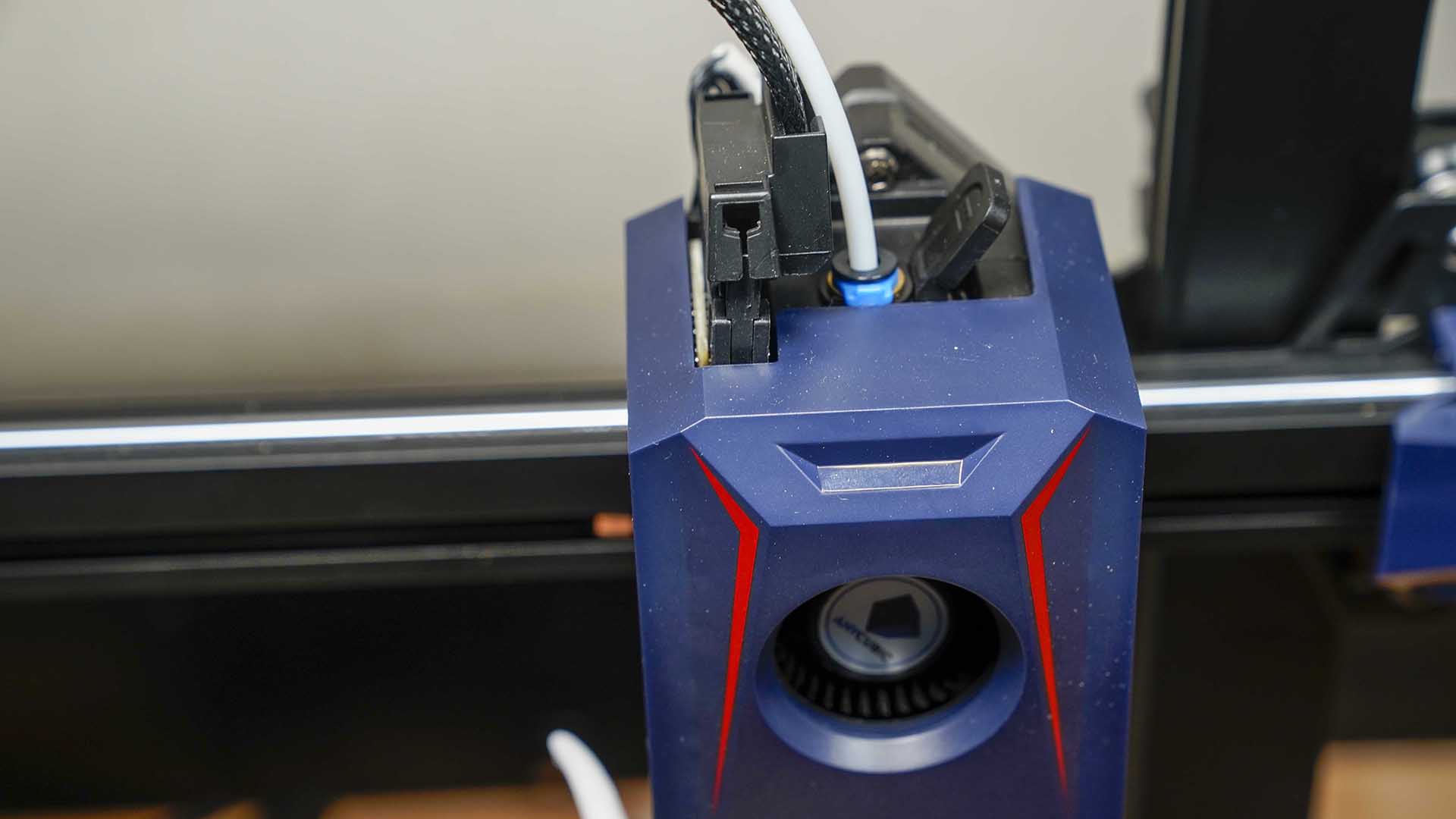
The Kobra 2 build quality is solid, if not the most aesthetic of machines, with the dual-gear direct drive extruder enabling vast filament compatibility. The 60W high-power hotend ensures consistent filament melting coupled with that powerful 7000rpm for cooling at high speeds. The printer is also quiet during operation, making it suitable for home and office use, as long as there's a bit of ventilation.
The Kobra 2's heated, textured flexible, removable platform provides excellent adhesion for prints and makes it easy to remove prints once completed. The LeviQ 2.0 auto-leveling system also helps keep things consistent and minimizes issues. The power loss recovery and filament sensor feature all function well. Just don't leave the print too long before swapping filaments, as cooled models will release, as you would expect.
Overall, the AnyCubic Kobra 2 is a great 3D printer with great value for its price point. It is a versatile machine that can be used for model making, home educational STEM projects, or anyone looking to get into home 3D printing.
- Looking for a new business computer to pair with your new 3D Printer? Check out our guide to finding the best business computer
Comments
Post a Comment